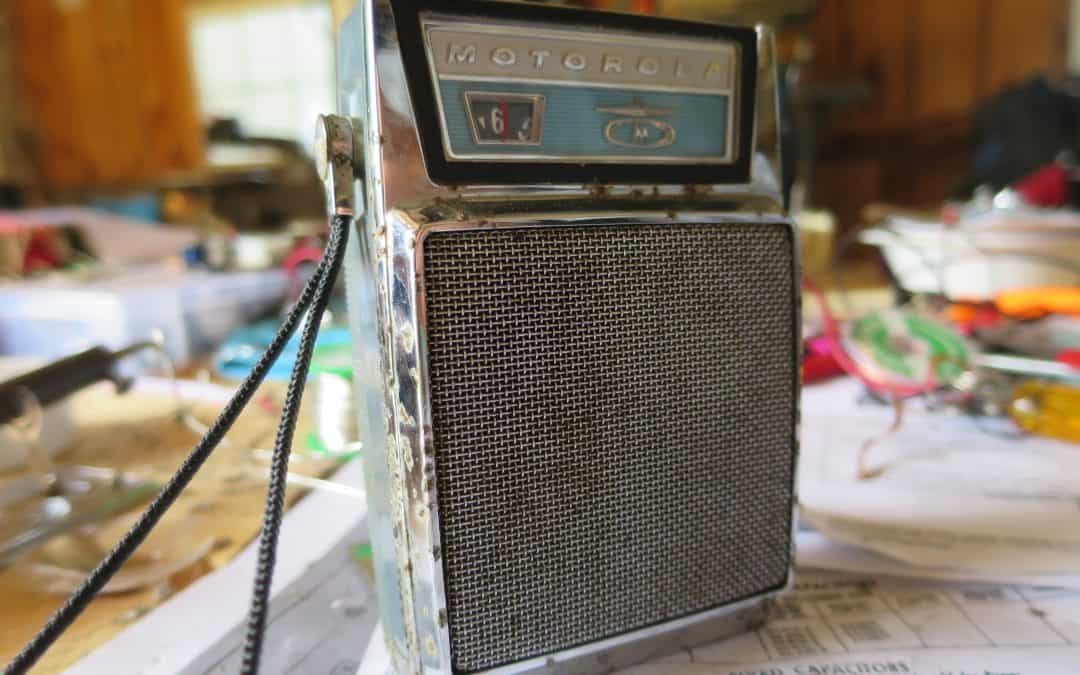Welcome to the blog!
Each week I am going to do a post about collecting, restoring, finding, cleaning, and building all different types of radios and related things. I hope these posts will be helpful and informative whether your a beginner in the hobby or you’re a seasoned collector!
Japanese-made sets; for some collectors, it’s hard to resist the two-tone paint job that was commonly used or maybe the round grill design that followed the production of the Sony TR-610. It’s difficult to say the Japanese sets aren’t stylish I found it interesting that they used everything from wood to lace fabric on their transistor sets.
The performance of most Japanese sets is very impressive, I would say 1960 was the best year for the overseas market. Commonly referred to as the “garden variety” 6 transistor radios were small but powerful, billions of these were sold. The circuit design is very similar in most brands at the time, which include, channel master, Sanyo, Motorola, and several off-brands which are less known.
At the time non-American brands were considered “inferior” at the time, even though they were generally still good quality. However, I can’t say the same about the two-transistor “boys radios” which were poor performers and even worse quality they were considered toys at the time. The reason is that during the early 60s the United States put a tariff on overseas radio production in order to protect the American brands, so if you were importing a radio with over two transistors you would have to pay a fee. They were very cheap and mostly bought by children coining the name “boys radio”. That being said they are very sought after by collectors, expect to pay around $50 for one in reasonable condition. Though sold by different brands that included 4-star, comet, Windsor, Tama tone, coronet, etc. they all used the same or similar circuit.
So to sum it all up, Japan made some very fine radios. I practically like Sony’s, Truetones, and Panasonics. The first radio I repaired was a Channel master 6509! Which was produced in Japan in 1960.
Hope you enjoyed the article!

